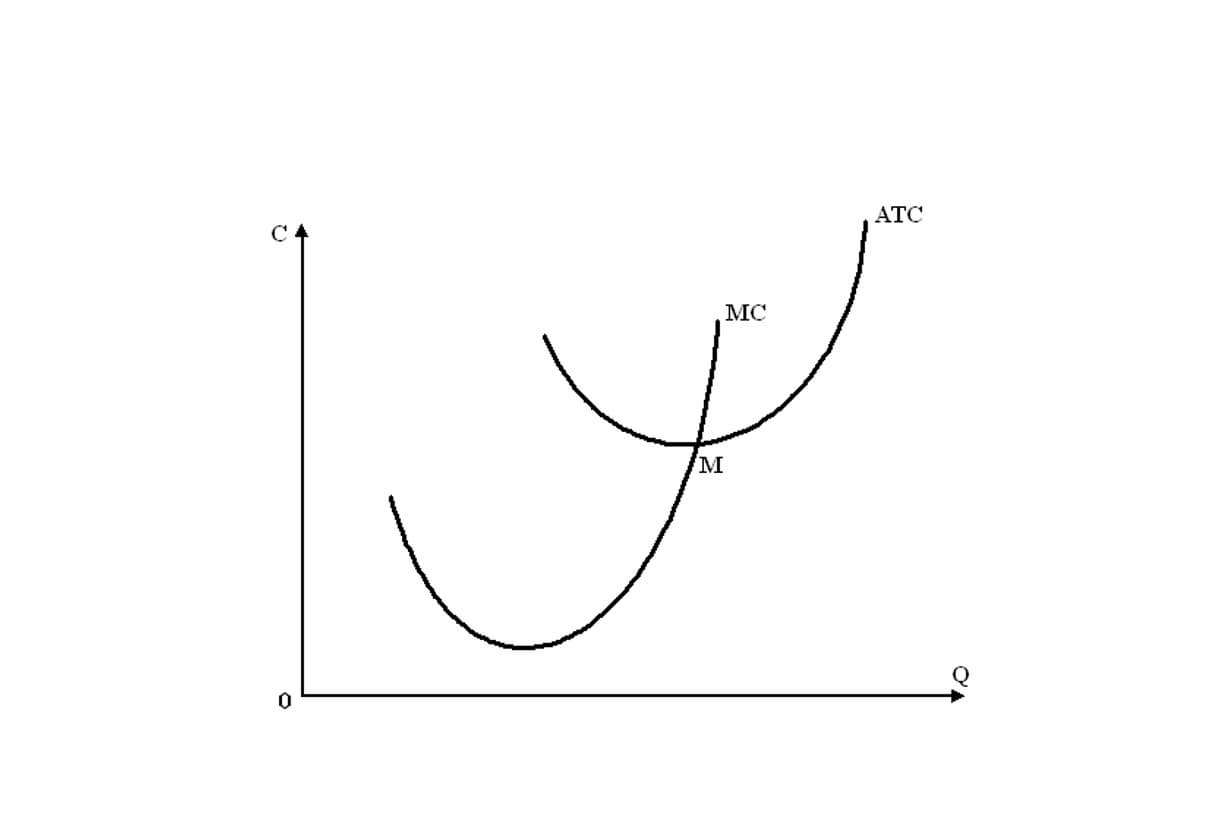
In this article, we’ll take a look at what periodic inventory is, how to implement it, and how it can benefit your business. For businesses with high transaction volumes, a periodic inventory system may struggle to keep up with rapidly changing stock levels. By following these steps, a business can maintain an accurate and functional periodic inventory system without the need for costly tracking software. Perpetual inventory provides real-time tracking but requires technology and higher investment. For large businesses, a perpetual system is usually the best choice, while small retailers may benefit from the simplicity of a periodic system. If its purchases account total is $100,000, the cost of goods available for sale is $250,000 for the given period.

Weighted Average Cost:
Hence, the Inventory account contains only the ending balance from the previous year. The yearly inventory purchases are recorded in the purchases account, which is a ledger listing all inventory purchases and their costs. A perpetual inventory system automaticallyupdates and records the inventory account every time a sale, orpurchase of inventory occurs.
Periodic Inventory System Compared to Perpetual

For all other businesses, we recommend using inventory management software to implement a perpetual inventory management system. In a perpetual inventory system, you can easily manage, track, and control inventory activities. Using a periodic inventory system requires the dedication of employees to the task of manually counting every single item in the inventory. This will divert valuable man-hours that could have been spent in other productive activities to a repetitive task. Also, employers who seek to avoid man-hour losses might have to pay their staff overtime to perform the https://www.bookstime.com/articles/what-is-a-w9 inventory checks outside official work hours resulting in higher overall operating costs.
Stock Shrinkage (Theft, Loss, or Damage)
These discrepancies highlight the limitations of relying solely on a periodic inventory system for accurate inventory tracking. A periodic inventory system is an inventory valuation practice in which a company’s stock is physically counted over a set period of time. A periodic inventory system depends on manual counts to value inventory and know whether inventory records are accurate. These counts are the only way to reconcile inventory with accounting and accurately calculate financial metrics like the cost of goods sold when a periodic inventory system is used and ending inventory. In general, we recommend using a periodic inventory management system if you’re trying to track your inventory by hand.

Wholesale & Dealership – Warehouse automation solutions for wholesalers and dealerships, optimizing inventory management, order fulfillment, and operational efficiency to boost profitability and reduce errors. Thus, the above are some characteristics of periodic inventory system which some companies follow to make their system efficient and transparent. Similarly if there is a shortage, that may hinder the production and lead to mismanagement in adjusting entries the operation of the business. Periodic inventory is also a good option for those who want to minimize costs, or don’t have the current resources to maintain inventory software. Periodic inventory can be too simplistic, especially for businesses experiencing growth or expanding to new locations.
On the other hand, underestimating stock levels could lead to paying for expedited shipping to fill unexpected requests. Both possibilities result in higher carrying costs, which affect total profitability. Although the periodic inventory method is simple, it has its share of challenges that companies must overcome to maintain operational efficiency and profitability. The periodic inventory method of operation requires fewer data inputs, inherently lowering the possibility of errors.
- Unlike a periodic system, there is no purchases account for the perpetual inventory system.
- FIFO (First In, First Out) can be used with both periodic and perpetual inventory systems.
- This step determines your ending inventory, which is essential for calculating COGS and profit margins.
- Instead of adjusting inventory levels as they’re sold, a business leaves the beginning inventory in its ledger for the entire period.
- A periodic inventory system is less expensive to maintain than a perpetual inventory system.
With a periodic inventory system, regular physical counts can disrupt daily operations, especially during busy periods. The time and effort required to conduct these counts can affect overall business productivity and efficiency. Businesses have the option to choose from perpetual and periodic inventory systems. Each approach has its advantages and drawbacks, catering to different business needs.
- Businesses that use periodic inventory systems update their general ledger accounts for the ending inventory after each physical count.
- Due to its simple manual design, a periodic inventory system can be efficiently handled by anyone with a basic knowledge of mathematics.
- In this system, the stock count is recorded at the beginning of a period decided.
- This will divert valuable man-hours that could have been spent in other productive activities to a repetitive task.
- With periodic inventory, however, there’s no way to account for these unexpected changes.
- Below is a break down of subject weightings in the FMVA® financial analyst program.
- A perpetual inventory system is used to instantly record all daily inventory movements, while a periodic count is done at designated times to verify the accuracy of all accounts in the inventory ledger.
- The perpetual inventory system is an accurate system that does not rely on manual and physical inventory count very often.
- That data feeds into inventory software, giving you constant visibility into stock levels and trends.
A company’s COGS vary dramatically with inventory levels, as it is often cheaper to buy in bulk, especially if it has the storage space to accommodate the stock. The term inventory refers to the raw materials or finished goods that companies have on hand and available for sale. Inventory is commonly held by a business during the normal course of business. It is among the most valuable assets that a company has because it is one of the primary sources of revenue. Warehouses are often equipped with technology such as barcode scanners to help with inventory management. Sales Discounts, Sales Returns and Allowances, and Cost of GoodsSold will close with the temporary debit balance accounts to IncomeSummary.

- Smaller companies with simpler stock may opt for periodic systems as they require less technology and oversight.
- The periodic inventory system, a method used by businesses to track and manage stock levels, operates on a schedule-based approach.
- Gross profit is the difference between sales revenue and the cost of goods sold.
- At the end of each accounting period, the cost of goods sold is calculated by subtracting the cost of ending inventory from the cost of beginning inventory.
- This means that inventory records are only updated periodically, usually after a physical count is conducted.
- It’s straightforward to calculate the cost of goods sold using the periodic inventory system.
They are often used within spreadsheets, simple standalone inventory software, or paper-based inventory management systems. Since the cost of goods sold and inventory values are only determined at the end of the period, financial reports may not accurately reflect the business’s current financial status. This can impact the reliability of financial statements for investors, creditors, and management, emphasizing the importance of a comprehensive approach to revenue cycle management. The system can be particularly beneficial for financial clarity at the end of the fiscal year. Since inventory is counted and valued at specific times, it provides a clear picture of inventory levels and the cost of goods sold at crucial financial reporting periods.